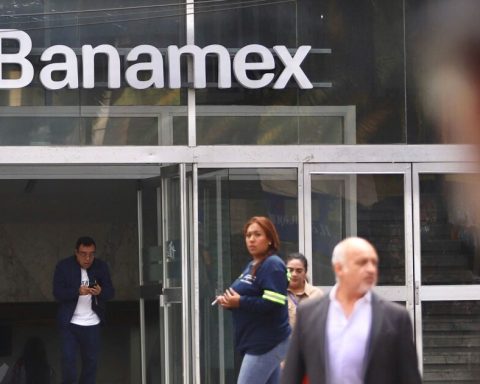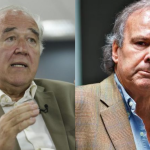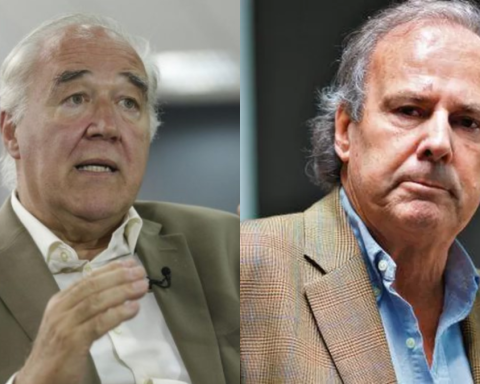Banxico’s increase is in line with the adjustment made by the United States Federal Reserve last week by three quarters of a percentage point, to leave it in a range of 1.5% to 1.75%.
In its statement, Banxico’s Governing Board pointed out that the greatest challenges for conducting monetary policy are the tightening of global financial conditions, the environment of heightened uncertainty, the geopolitical conflict, and the resurgence of COVID-19 cases in China.
With this increase, the central bank’s main monetary policy instrument returns to the levels it had between September and November 2019.
Banxico increases its interest rate to 7.75% and thus it can affect you
the worst is coming
Banxico estimates that inflation will continue to win the war, since it forecasts that in the third quarter of 2022 prices will average an increase of 8.1%, more than doubling its official target.
The entity added that it will not be until the third quarter of 2023 when it returns to meet its inflationary target of 3% +/- one percentage point.
Since 2008, 127 monetary policy decisions have been made. During this period, the reference rate has been increased 27 times; 16 times at 25 basis points, 10 times at 50 basis points and now, for the first time, at 75 basis points.
— Jonathan Heath (@JonathanHeath54)
June 23, 2022
Why is there such high inflation in Mexico?
This Thursday morning, the Inegi reported that inflation in the first half of June reached 7.88% per year, its highest rate in almost 20 years.
High inflation is a global problem and has reached its highest in decades in developed economies such as the United States and England.
In the case of Mexico, the rise in prices is due in part to the significant lag in the production of containers worldwide and in the generation of microprocessors, which is not only related to the automotive industry.
Russia’s invasion of Ukraine has also put pressure on international oil prices and grain supplies.
In addition, there are geopolitical tensions that began in 2018-2019 with the trade conflict between the United States and China, which prompted the need to relocate companies to areas where they could have more resilience.
















